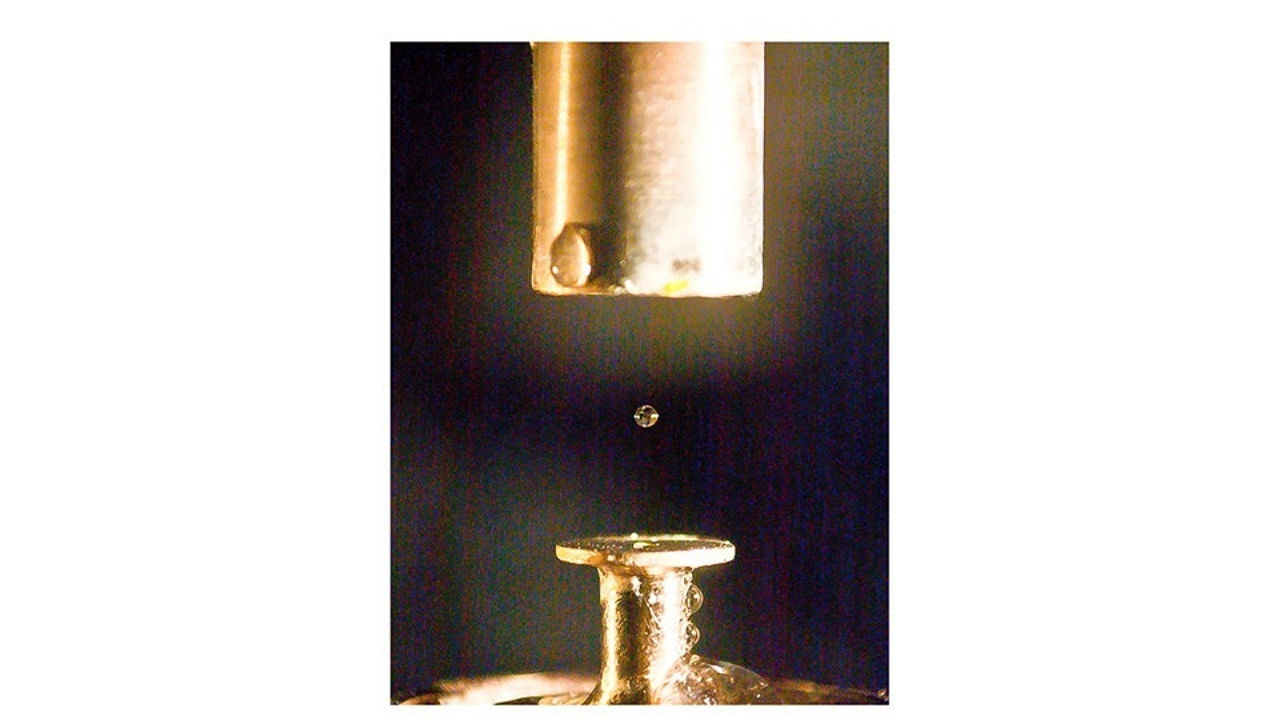
Human respiratory droplets containing SARS-CoV-2, the virus which causes Covid-19, can travel longer distances than previously thought and that some droplets can even stay airborne indefinitely, two new studies have found.
The discoveries indicate that a rethink of social-distancing regulations is required.
The studies, one of which was conducted by scientists in Japan, Italy and France and the second which was recently published in the US scientific journal Physics of Fluids by scientists at the Indian Institute of Science (IISc) here, show that the virus can potentially spread through airborne transmission.
People eject a plethora of droplets during sneezing, coughing and even talking. The work of the IISc researchers has shown that small droplets ranging from 1 to 10 microns can stay airborne indefinitely. Previous multinational studies had shown that larger droplets settle on surfaces to contaminate them.
"However, small droplets remain airborne for a considerable amount of time, given their initial size plus ambient conditions. Evaporation reduces the size of the droplet nuclei by 20% to 30%. What is left is the salt of the human saliva turning into a crystal within which the virus is cocooned," explained Saptarshi Basu, an associate professor at the IISc's Department of Mechanical Engineering and corresponding author for the study.
Weather conditions play a role in how quickly a droplet nuclei becomes dried out and more movable airborne. "In Kolkata's humidity, the transformation may take longer, but in Bengaluru's dry weather, a small droplet nuclei can transform into a crystal within a second. This desiccated droplet or nuclei can float around in the air indefinitely which means that a person who removes their mask for a brief moment can end up inhaling one of these virus-encased nuclei," Professor Basu added.
At the same time, these airborne nuclei could be possibly less potent. "Because the virus is encased in crystal, it is possible that potency is reduced unless it is caught in the respiratory tract of a person," Dr Basu said.
As of yet, no virological studies have been conducted worldwide to determine this, the research team said.
Meantime, the second international study which was published in Nature in December also tracked the behaviour and evaporation of thousands of respiratory droplets ejected by a typical cough. "A single rule [like 6 feet] for social-distancing may not be adequate to protect individuals in different environments," the study added.